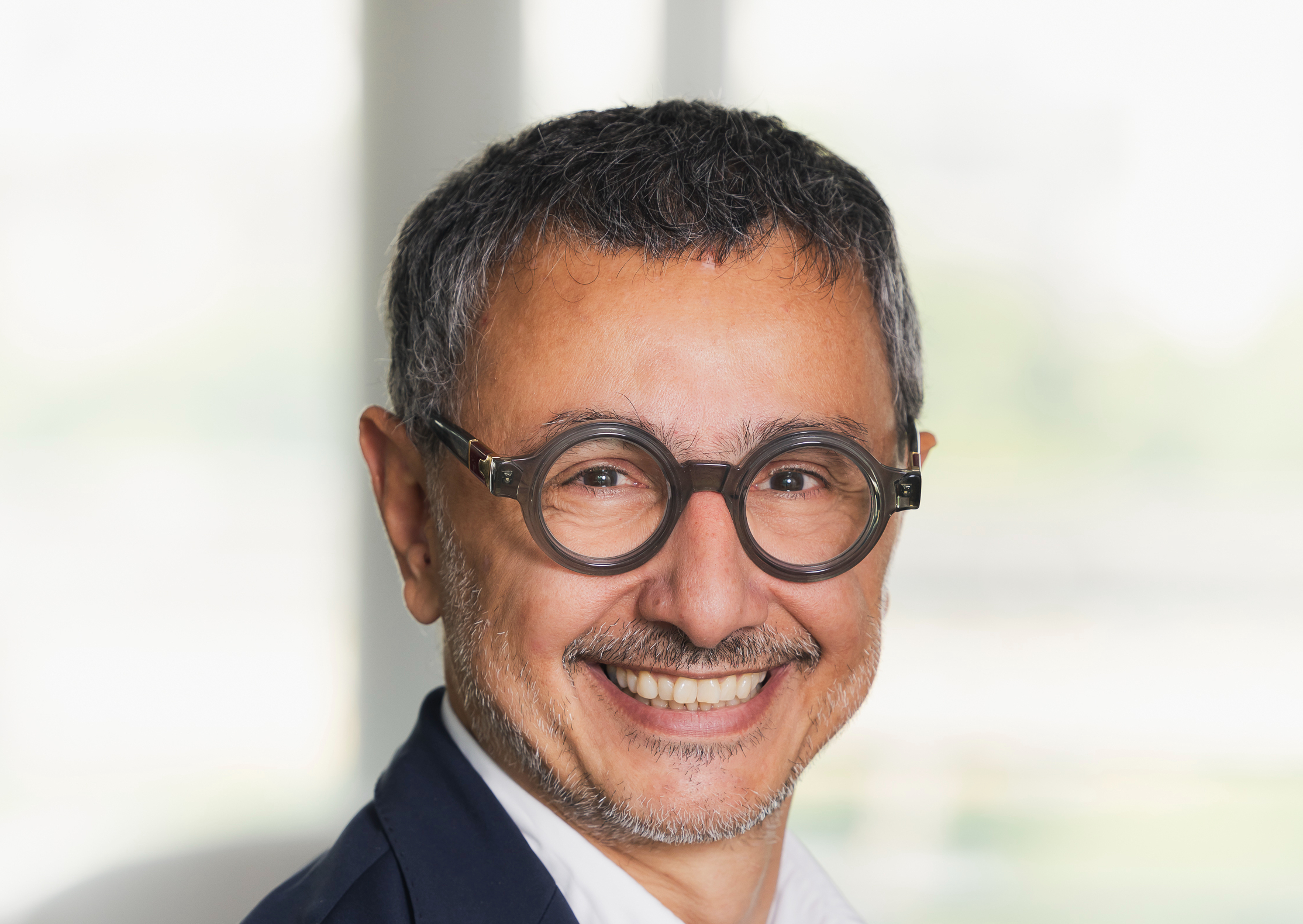Criticism from the Institut de la Finance Durable, narrow adoption of the text on nature restoration, financing the ecological transition, labels and SFDR classification, slowdown in fundraising, projects and developments in the non-listed sector...Philippe Zaouati, Managing Director of Mirova, answers Finascope's questions. An interview accessible to non-subscribers. Philippe Zaouati,...
"We can't afford a regulatory pause"

Philippe Zaouati (Mirova): "There's a clear desire to weaken sustainable finance on the part of the proponents of business as usual".